GROUND SEARCH Metal Detectors
MIL-D1/DS
Deep Search Underground Metal Detector
MIL-D1/DS
Deep Search Underground Metal Detector
- Effective detection of magnetic and non-magnetic metal masses
- High Discrimination against shallow metal clutter
- Superior detection depth
- Total immunity to environmental magnetic anomalies
- Static and dynamic detection independent of the detector’s rate of advance
- Extremely high level of electrical and mechanical reliability
- Completely digital electronics, with in-field program memory upgrade capability
- Operation monitored by a microcomputer controlled autodiagnostic system with audible warning signals
Brochures
Manuals
Designed for the accurate detection of deeply buried large metal masses, including unexploded ordnance, whilst discriminating against ground magnetic anomalies.
View of the MIL-D1/DS inside its transportation case
The CEIA MIL-D1/DS Metal Detector is an active EMI device based on transmission of an alternating, low-frequency magnetic field and on the variations introduced into this field by buried metal masses.
The detector consists of a telescopic pole with a central section in aluminium and fiberglass extensions. The two probe-antennae which act as transmitter and receiver of the magnetic field are mounted at the ends of the extensions.
Detection signals are provided by an audible tone and an LCD located on the front panel of the control unit.
The most significant features of the MIL D1/DS are the following:- High sensitivity, useful for detecting metal masses at depth;
- High discrimination against shallow metal clutter;
- Compensation for mineralized soils and total immunity to the effects of the terrestrial magnetic field;
- High stability of its detection system, which shows no drift over time or with variations in environmental conditions;
- Intrinsic reliability and extremely high resistance to shock and mechanical stress, essential requirements for a long operating life.
Download Specifications
| Technical data |
- Power supply
- Types of batteries (4x), ANSI Standard, type D; 1.5V Alkaline (LR20)
- 1.2V Ni-MH rechargeable (>7000 mA/h)
- Battery
- Metal alarm
- Adjustable sensitivity
- Audible alarm with adjustable volume and visual LCD display
- Dimensions
- External diameter of probe head: 280 mm
- Length of telescopic handle: 1600 mm
- Electronics unit: 215 mm x 155 mm x 80 mm
- Case: 950 mm x 440 mm x 155 mm
- Weight
- Probe head and telescopic handle: 3.9 kg
- Electronics unit (including batteries): 1.6 kg
- Case: 7.7 kg
- Environmental
- Storage temperature: -55 °C to +75 °C
- Operational temperature: -46 °C to +65 °C
- Level of protection
- MIL-D1/DS : IP68 (IEC 529)
- Case in High Impact Polypropylene: IP68 (IEC529)
- NATO number
- MIL-D1/DS: N. 6665-15-1751105
|
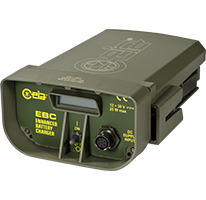
EBC
Enhanced Battery Charger
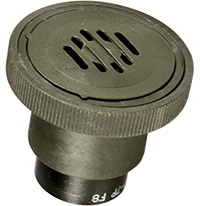
GSMD-EXTSPK
External Speaker for CEIA GSMDs
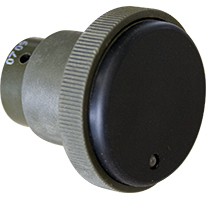
GSMD-FPK
Field Programming Key
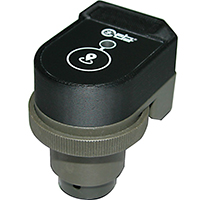
GSMD-GPS
Module for acquiring Metal Detector and GPS signals
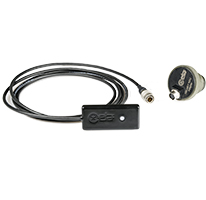
GSMD-Helmet RDU
Remote Visual / Acoustic Slim Line Signaling Device
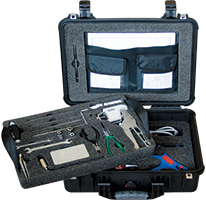
GSMD-TK
Technical Maintenance Tool Kit
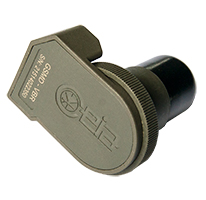
GSMD-VBR
Vibration Signaling Device for CEIA GSMDs